
Ah, Trader Joe’s — the trendy tiki-themed grocery store that somehow simultaneously attracts grandmothers and hipsters, soccer moms and angsty teens, broke college kids and polished executives. There seems to be something for absolutely everyone at this popular grocer, from its signature sweet treats like Cookie Butter to a surprisingly vast and affordable selection of wines.
The charms of Trader Joe’s are not lost on us, either. We love the kitschy decor, the friendly (if slightly overenthusiastic) staff in their tropical shirts, and the thrifty alternatives to pricier name-brand products.
Unfortunately, though, as we’ve all learned, nothing in life is ever perfect. And our beloved Trader Joe’s is no exception. While there are many fabulous Trader Joe’s products and ingredients to be found, there are a few failures peppered throughout the shelves as well. Here are a few things to cross off this week’s Trader Joe’s grocery list.

Pre-cut fruits and vegetables
Trader Joe’s alone certainly isn’t to blame for these popular little packages, but they do have an abundance of them. And while pre-prepped items are, admittedly, a tremendous time saver, it’s just not worth it. Unfortunately, for all the time saved, you’re sacrificing both extra money and all of the ingredient’s flavor. All produce is at its best when it’s been freshly cut. Left to sit on the shelf in plastic packaging, fruits and vegetables can become watery and lifeless, losing their best texture and taste. What’s worse is you’re paying far more for less of a subpar product than if you just buy the ingredient whole. It’s best to invest in some great knives and do the work yourself.
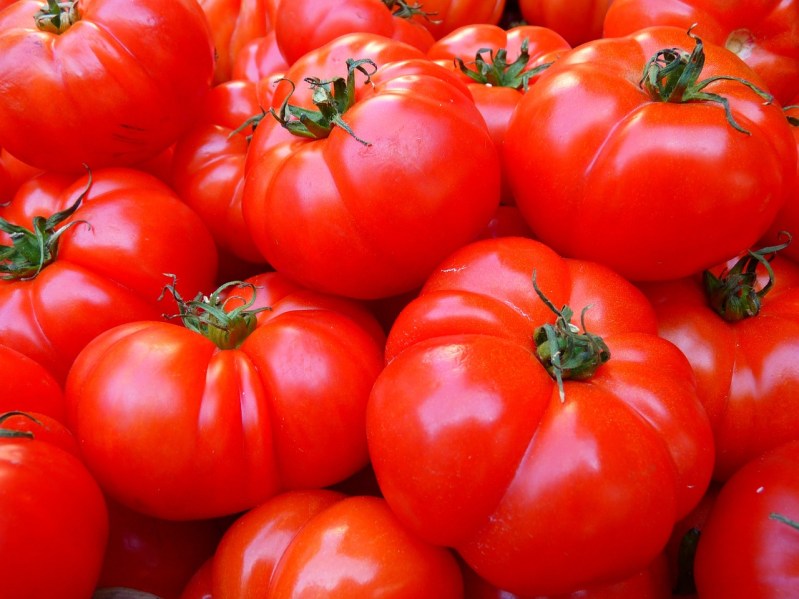
Fragile produce
Trader Joe’s isn’t exactly known for its produce. It tends to spoil faster than that of other markets and lacks any real gems that particularly stand out in the crowd. Produce at Trader Joe’s also tends to have superfluous packaging, which actually works against itself and causes more bumps and bruises than if the fruits and vegetables had just been left alone. Because of this, it’s best to avoid softer produce like tomatoes and stone fruit that can bruise easily. Sturdier items like potatoes and squash are usually fine, but give everything a good inspection before putting it in your cart (of course, that’s solid advice no matter where you’re shopping).
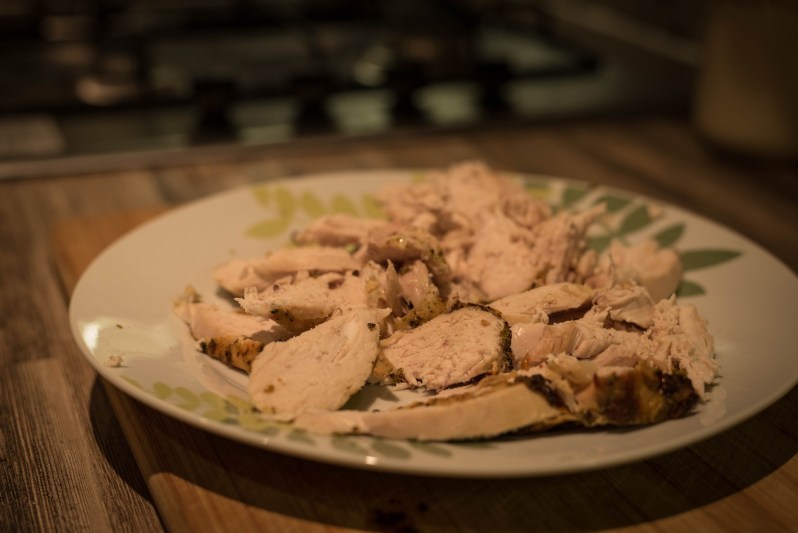
Pre-cooked, pre-cut chicken
Sure, pre-cooked, pre-cut chicken is wildly convenient. And if that’s all you’re after in your lunchtime protein, go for it. But let’s be honest — does this product, no matter the brand, ever actually taste good? We say no. Trader Joe’s version is no exception. This product, unfortunately, is dry, flavorless, and far more expensive than the convenience is worth. Also, unlike so many of its competing grocery stores, Trader Joe’s doesn’t cook in-store rotisserie chickens, which provide a great way to get convenience that actually tastes delicious. Avoid the packaged stuff and head to Safeway for the already-cooked chicken.
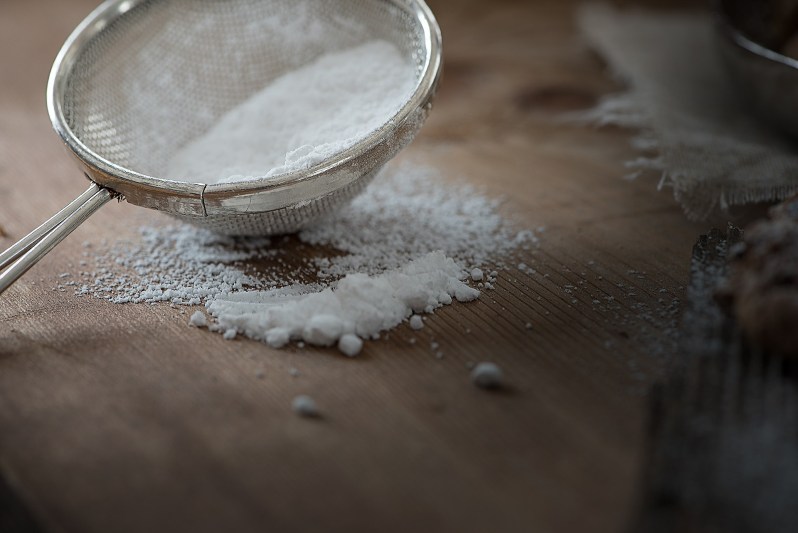
Powdered sugar
We love that Trader Joe’s’ Powdered Cane Sugar is organic, but unfortunately, it isn’t the best when it comes to texture. TJ’s powdered sugar doesn’t contain cornstarch and is less refined than most other powdered sugar brands on the market. Fewer additives in a product is usually a wonderful thing, but in the case of powdered sugar, that cornstarch helps to prevent clumping. Trader Joe’s powdered sugar may be fine for a light dessert dusting every now and then, but when it comes to baking, we’d stick to another brand.
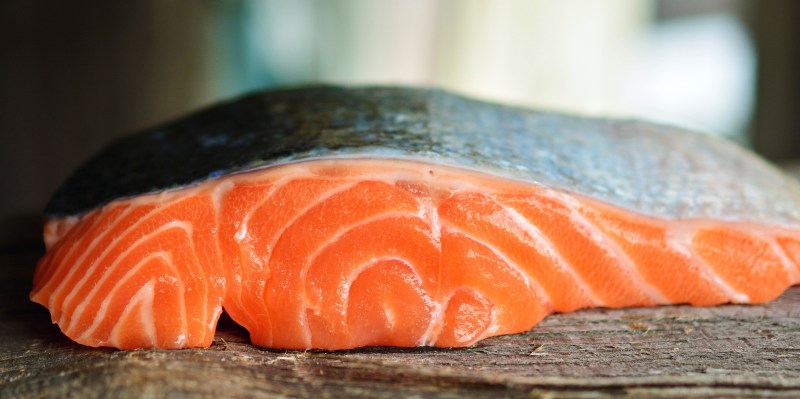
Seafood
You’ve probably noticed that Trader Joe’s lacks a butcher counter. All proteins are packaged and sold right along with everything else in the refrigerated section of the store. In some cases, like vacuum-sealed roasts or even steaks, this is completely fine. But when it comes to seafood, freshness is of the utmost importance. And that’s just not possible without the extra care of an expert behind the counter.
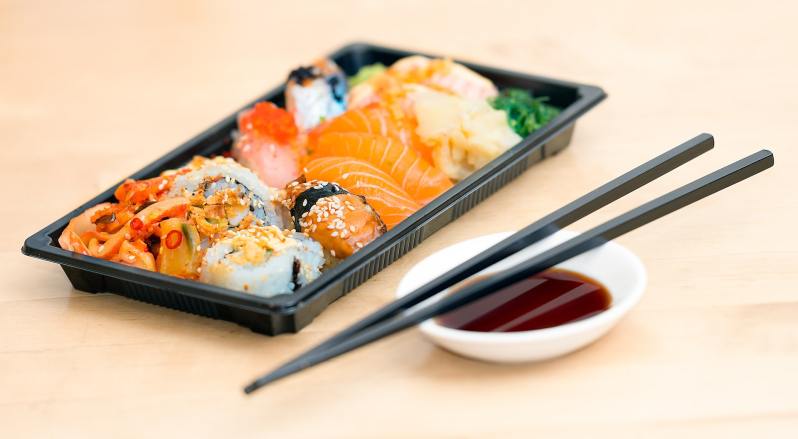
Pre-packaged sushi
Unless you find yourself at a quality grocery store that specializes in Japanese ingredients and cuisine, pre-packaged sushi is always a questionable choice. Of course, if what you’re looking for is a mediocre California roll, you can walk into just about any grocer (or even gas station … shudder) and buy a package of this popular food. Trader Joe’s is no exception. Unfortunately, though, Trader Joe’s outsources its sushi, which means the quality doesn’t match many of the store’s other products. In fact, TJ has dealt with embarrassing sushi recalls in the past due to fears of listeria.
Probably best to find a good sushi restaurant instead.
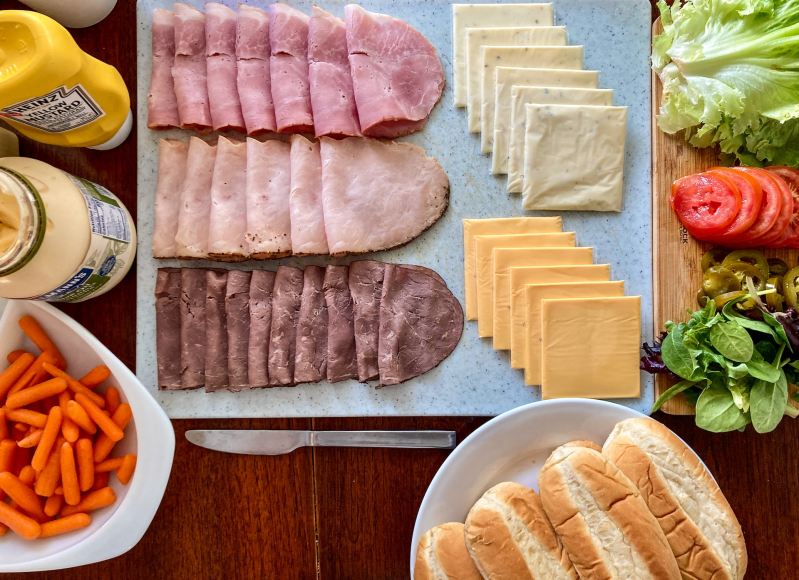
Cold cuts
This is another area of Trader Joe’s that suffers due to the lack of a butcher counter. If you’re in the market for freshly sliced, high-quality deli meat, you’ll have to look elsewhere. Of course, Trader Joe’s does have pre-packaged sandwich meats, but there’s no real price savings compared to the same products at other grocers.

Certain condiments
This one is complicated because there are some Trader Joe’s condiments that are absolutely outstanding. We love the Korean Gochujang Sauce, and the Aioli Garlic Mustard Sauce is to die for. But, when it comes to the more basic staple sauces, Trader Joe’s falls a bit short. Trader Joe’s Organic Ranch Dressing, for example, is one to avoid. Its strangely watery consistency and over-vinegary flavor make this otherwise popular condiment a flop. TJ’s signature mayonnaise is another classic condiment seriously lacking in the flavor department, so stick with Hellmann’s.
Also, Chocolate Hummus? Go home, Trader Joe’s. You’re drunk.



